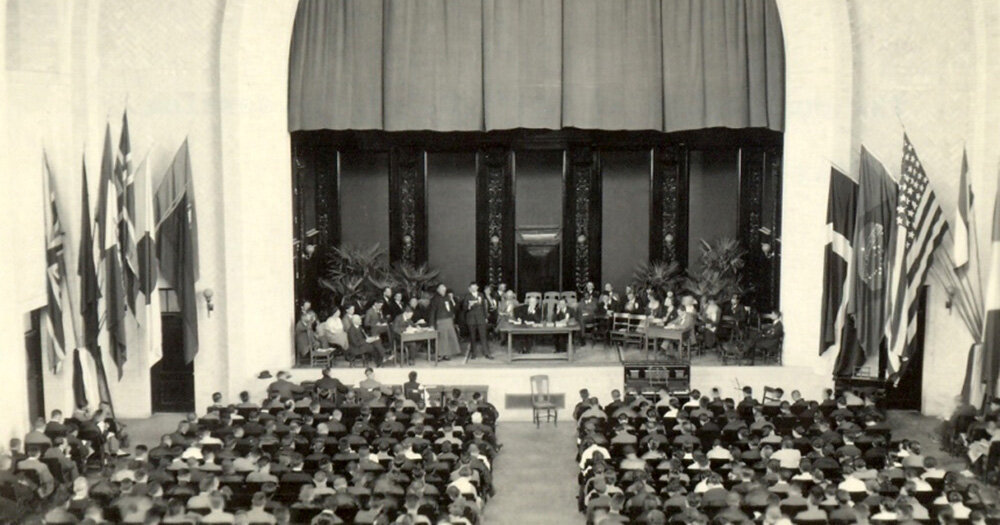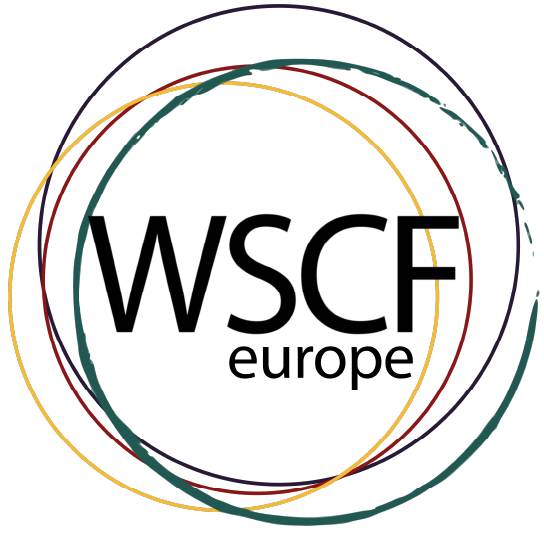History of WSCF-Europe

The World Student Christian Federation (WSCF) was established in 1895 at Vadstena Castle, Sweden, by students and student leaders from ten North American and European countries. Key founders included John R. Mott (USA) and Karl Fries (Sweden).
There is a close historical connection between the WSCF and the Young Men’s and Young Women’s Christian Associations. Mott, for example, was leader of the YMCA, and with the help of YMCA colleagues he developed the vision and strategies for forming an international federation of autonomous and self-directing ecumenical student movements. Much of the subsequent work of establishing and linking SCMs was done with the assistance of YMCAs and YMCAs.
During and after the World Wars, the WSCF played a key role in refugee work in Europe and strove to keep communication and solidarity links open between Christians divided by nationalism and war. After the First World War, the WSCF established European Student Relief. For four years, students of 42 nations provided over £500,000 for the relief of starving students in 19 countries.
Until the late 1960s, the international staff of the WSCF were based in Geneva. A major structural change in 1972 decentralized the WSCF into six regions: Africa, Asia-Pacific, Europe, Latin America, Middle East and North America. The Geneva headquarters became the inter-regional office. Programmatic and decision-making work shifted to the regions, reflecting the new mood of self-determination in third-world countries and the search for contextualization in theology and politics. This is essentially the process that gave birth to WSCF-Europe, as known today.
In the 1960s and 1970s, WSCF movements, especially in North America and Europe, were closely involved with the radical political movements. Their political solidarity and their critique of education convinced them that their mission field was no longer in educational institutions only, but on the streets and in the villages. The theme of the WSCF in the 1970s – Christian Witness in the Struggle for Liberation – sums up the broadened, renewed political commitment of the WSCF at the same time it moved to a regional structure.
